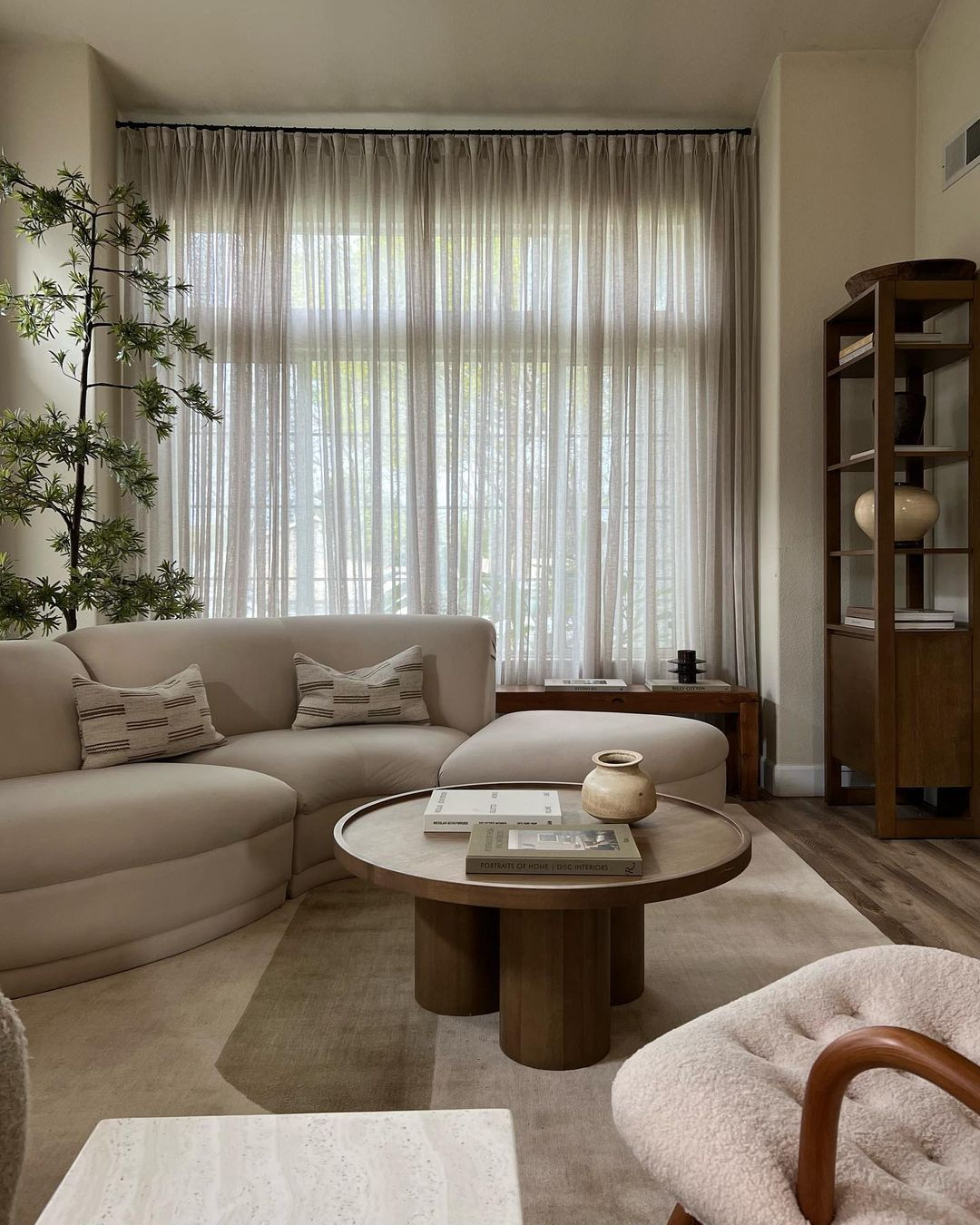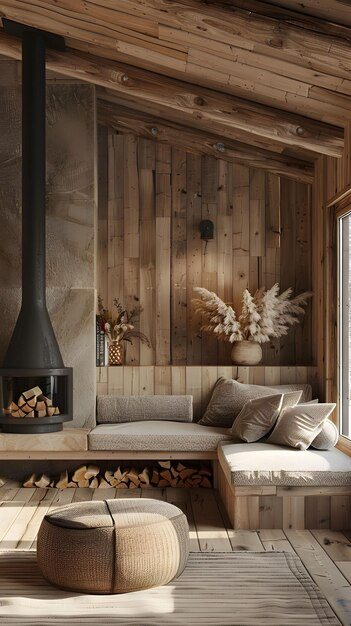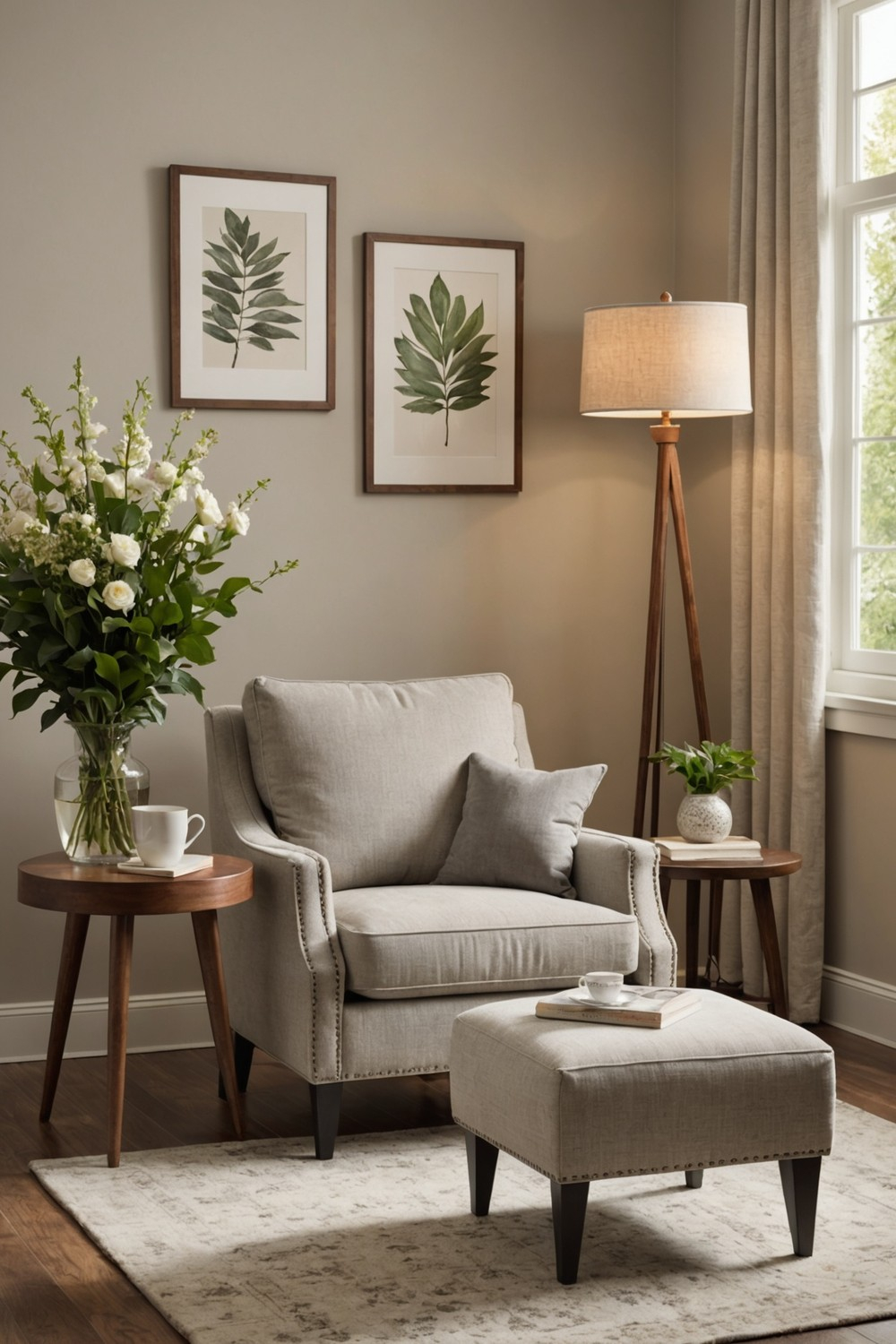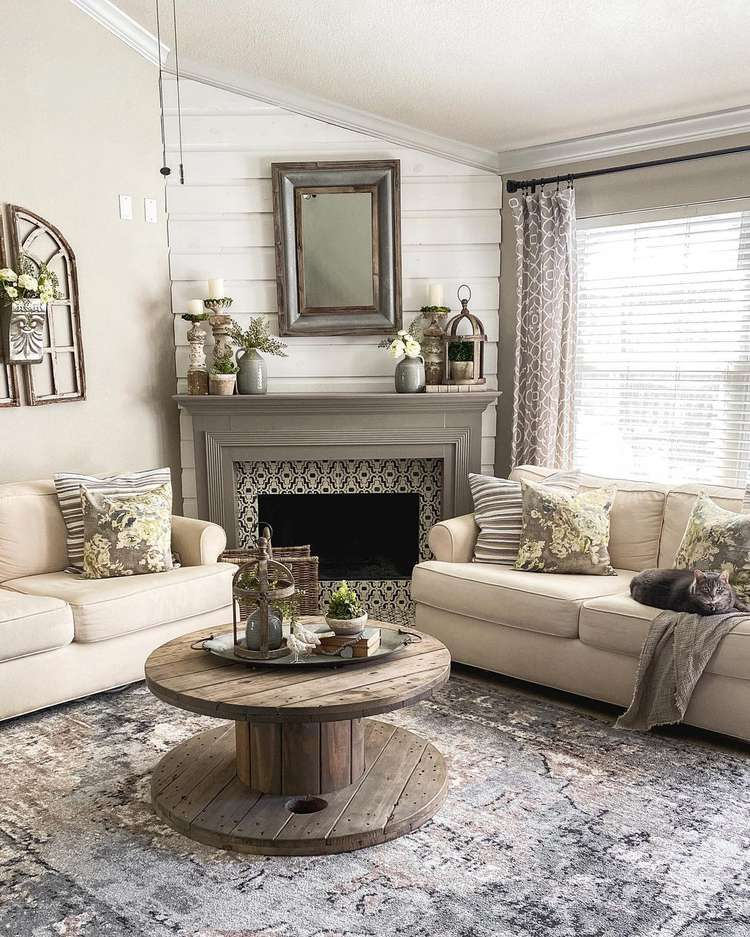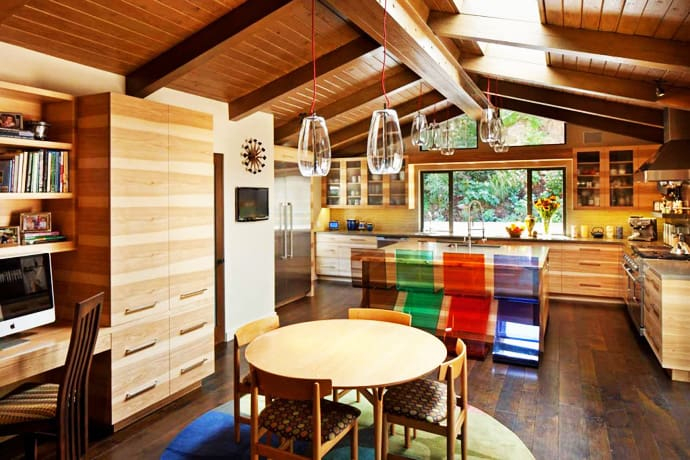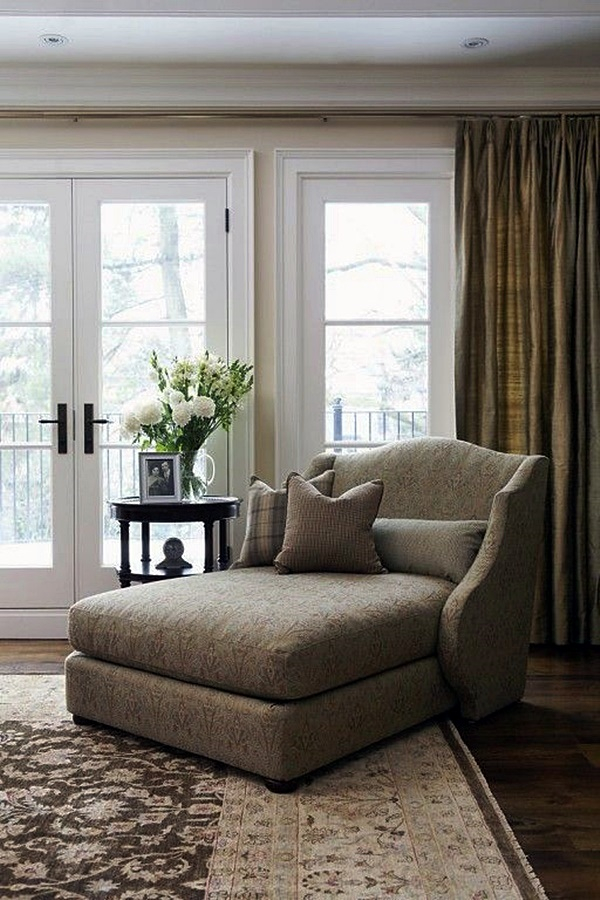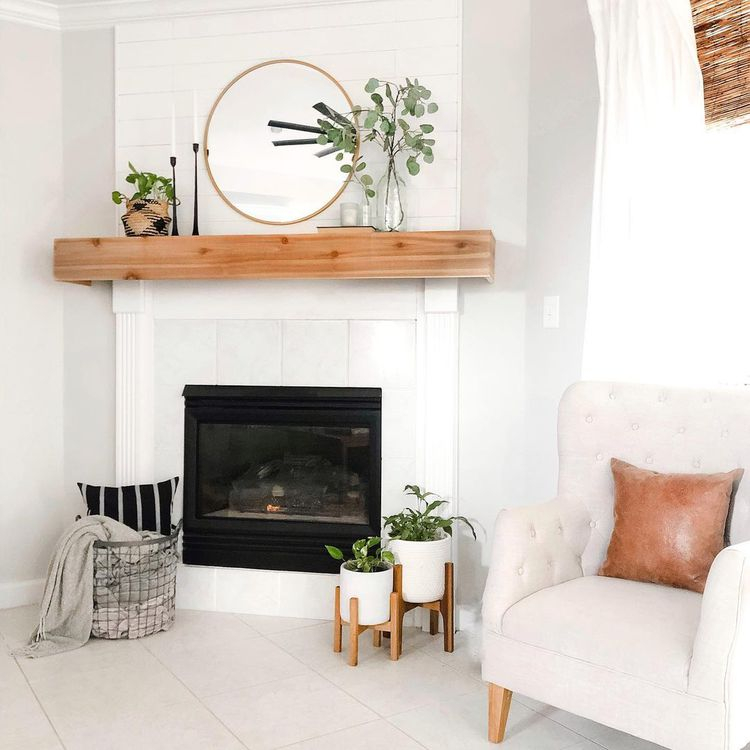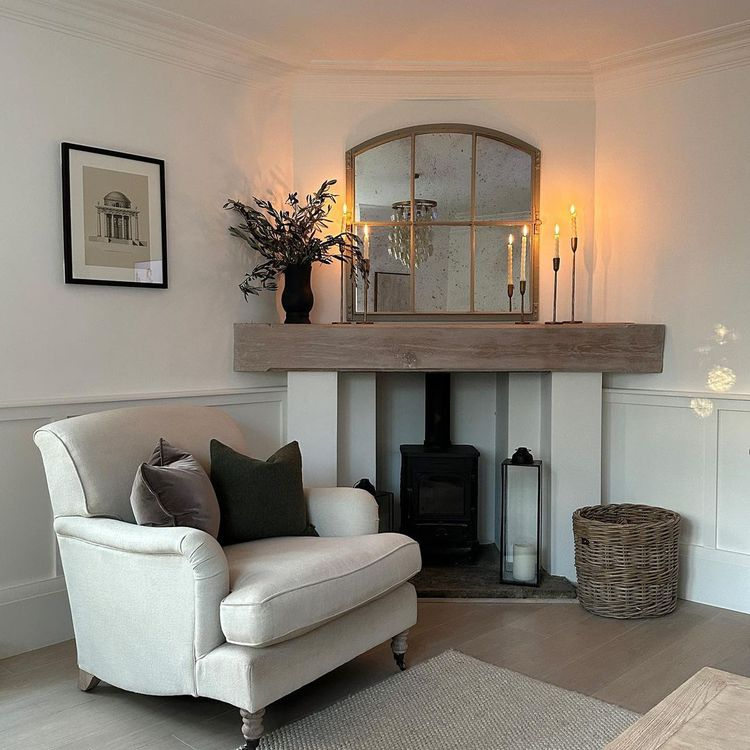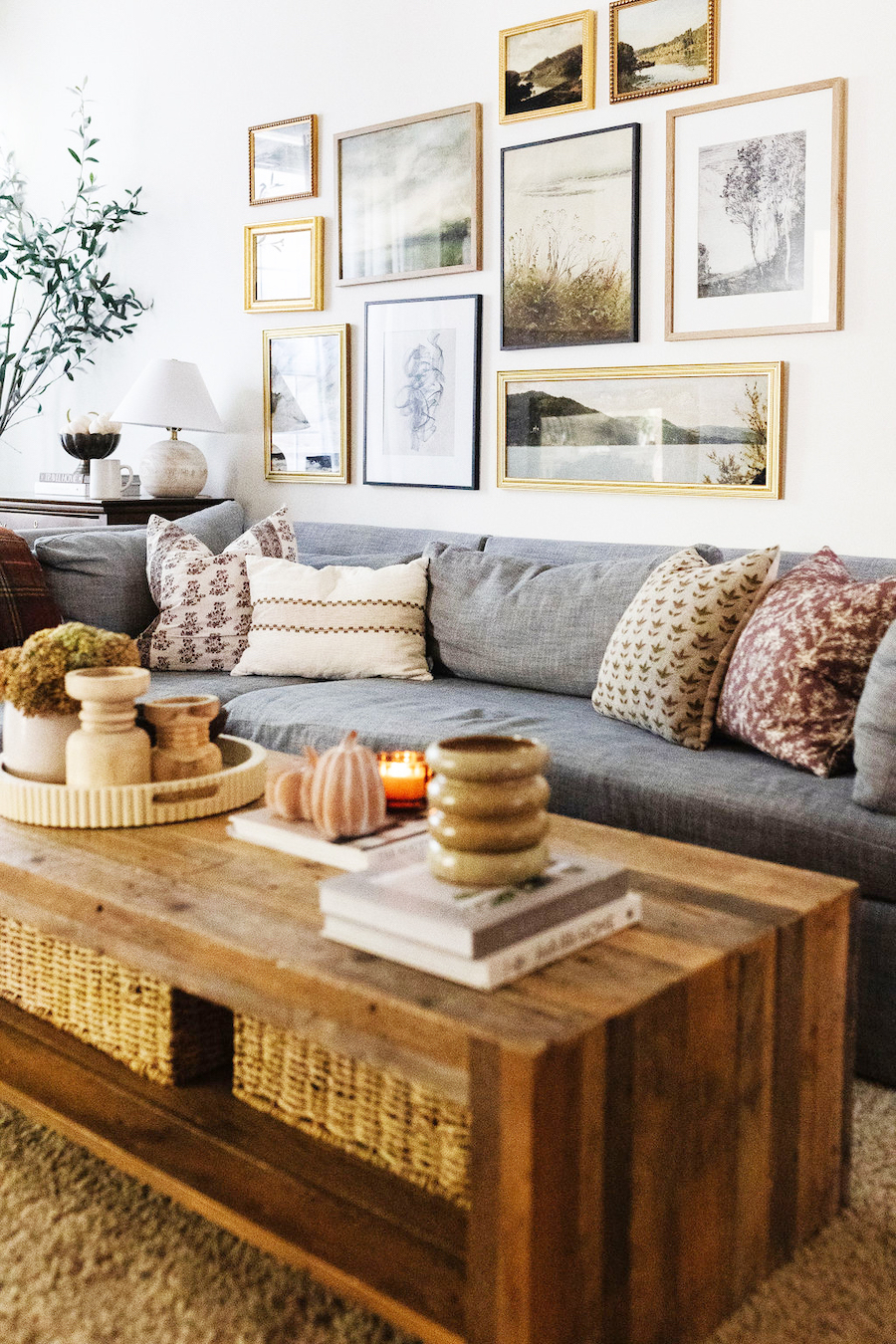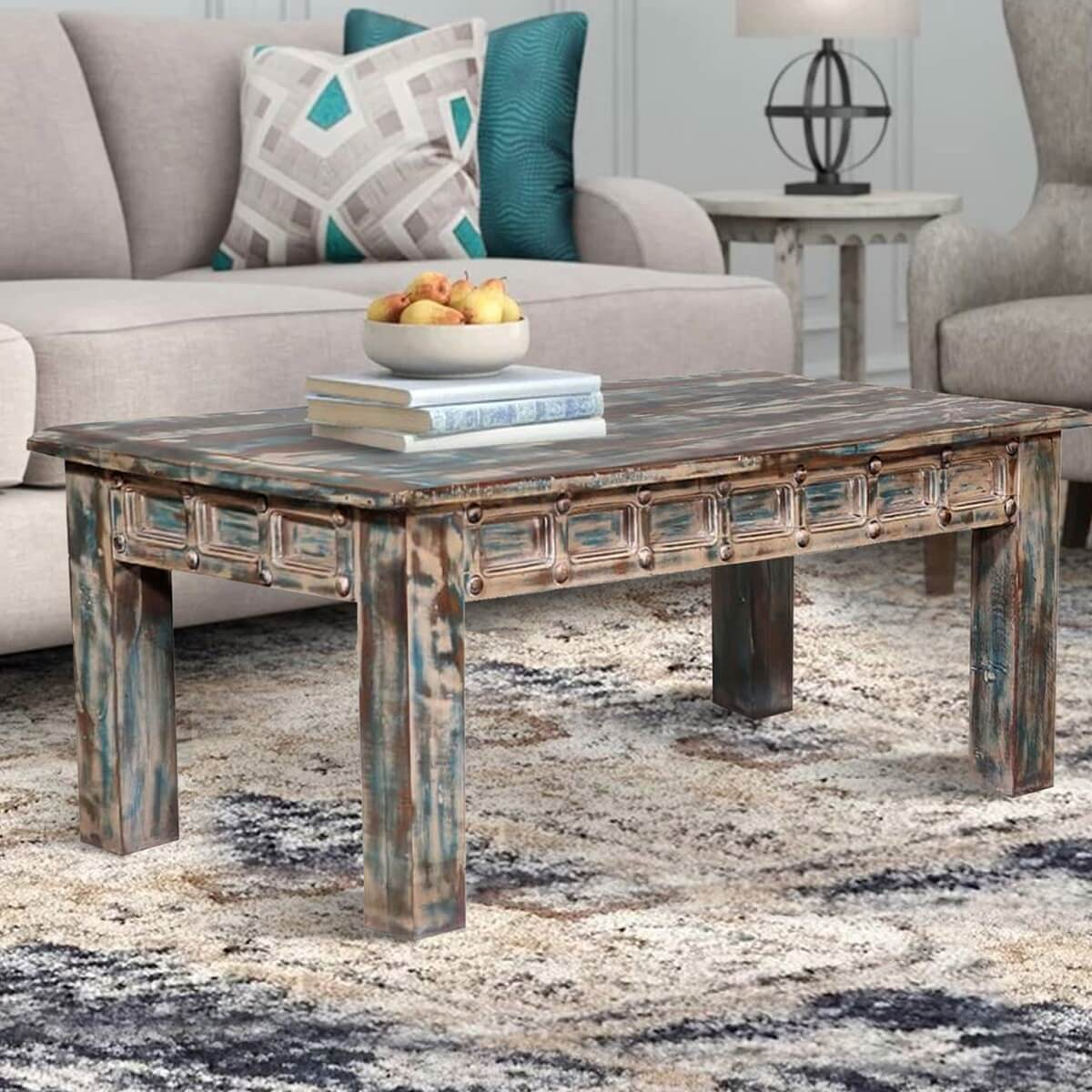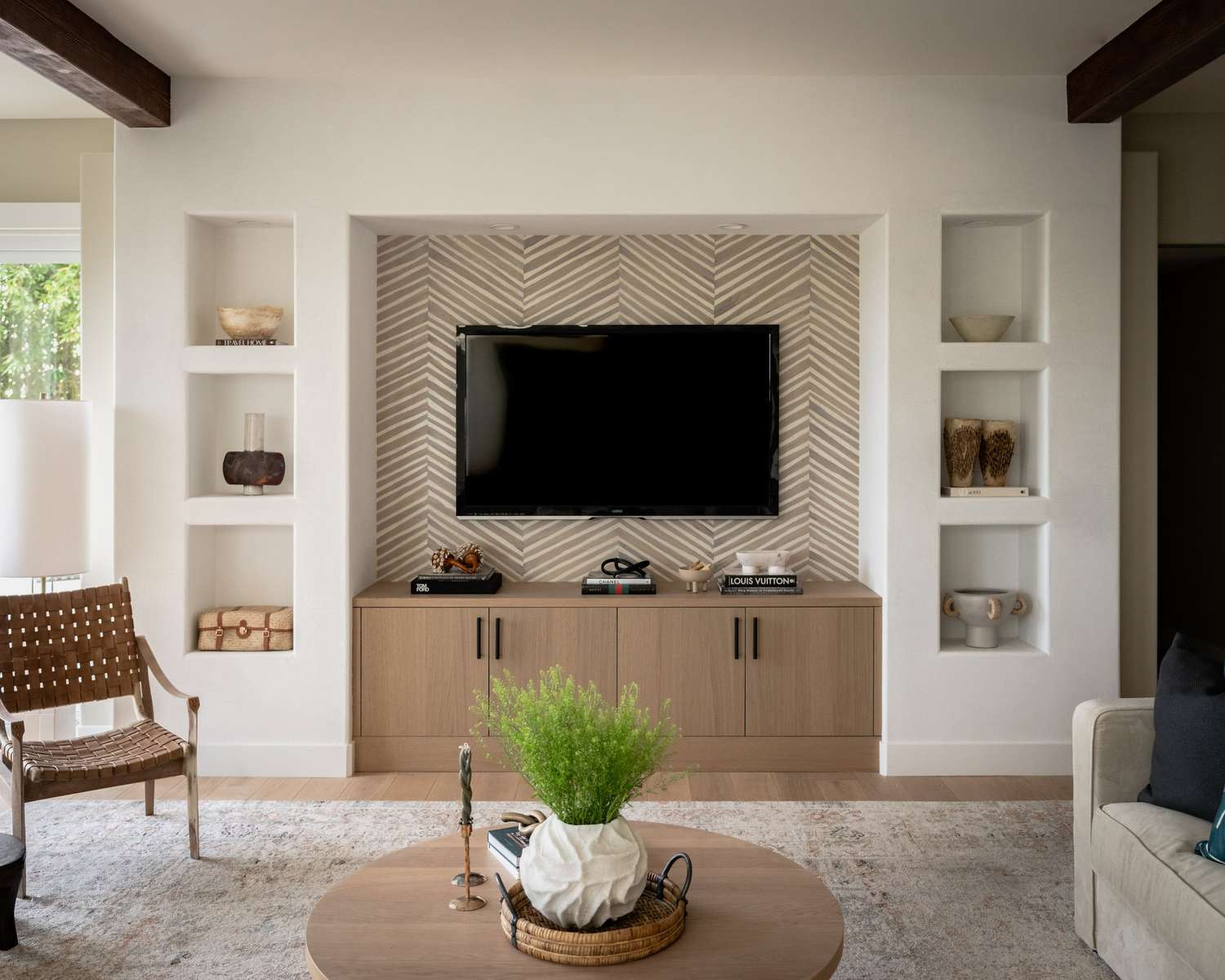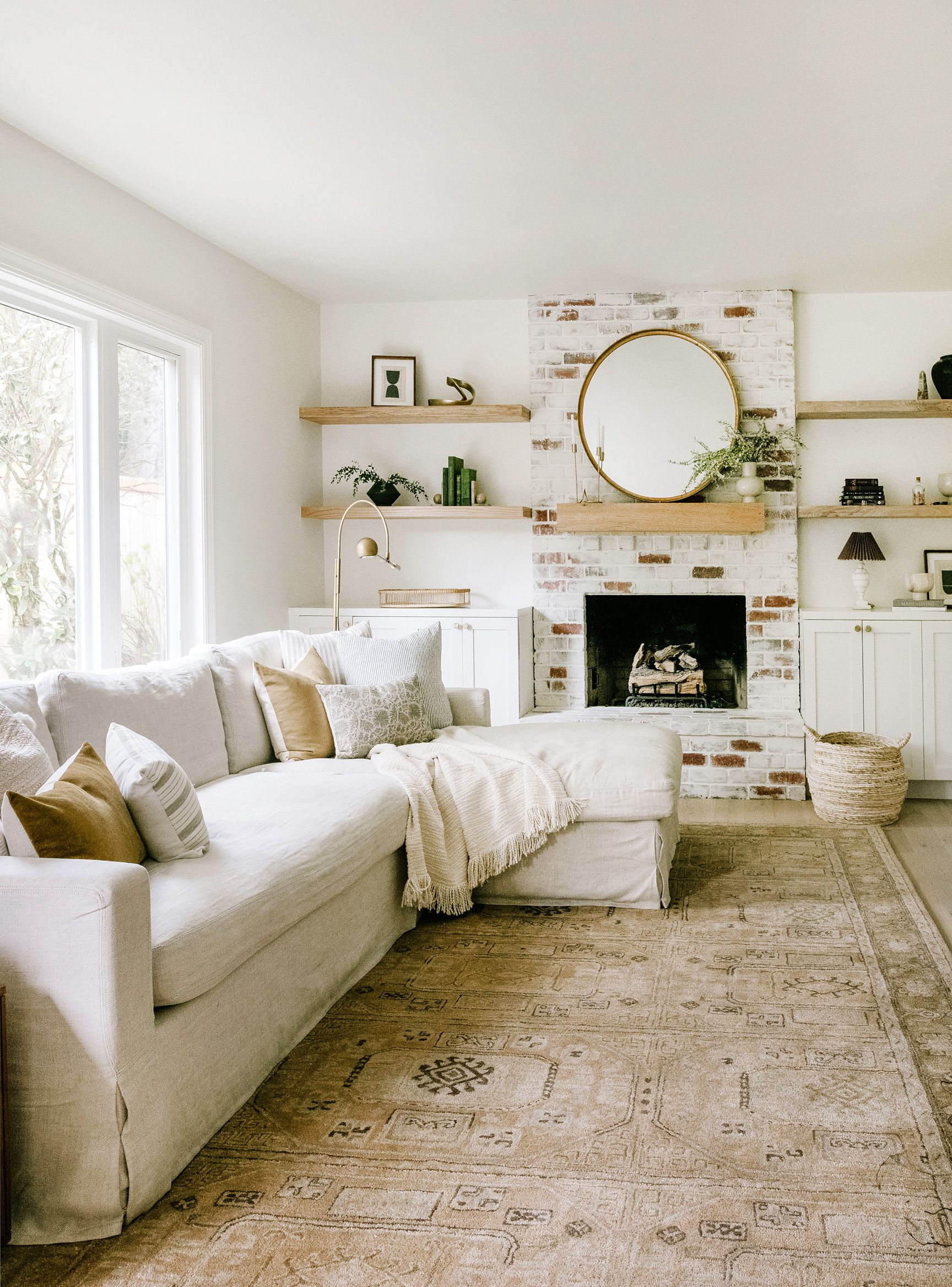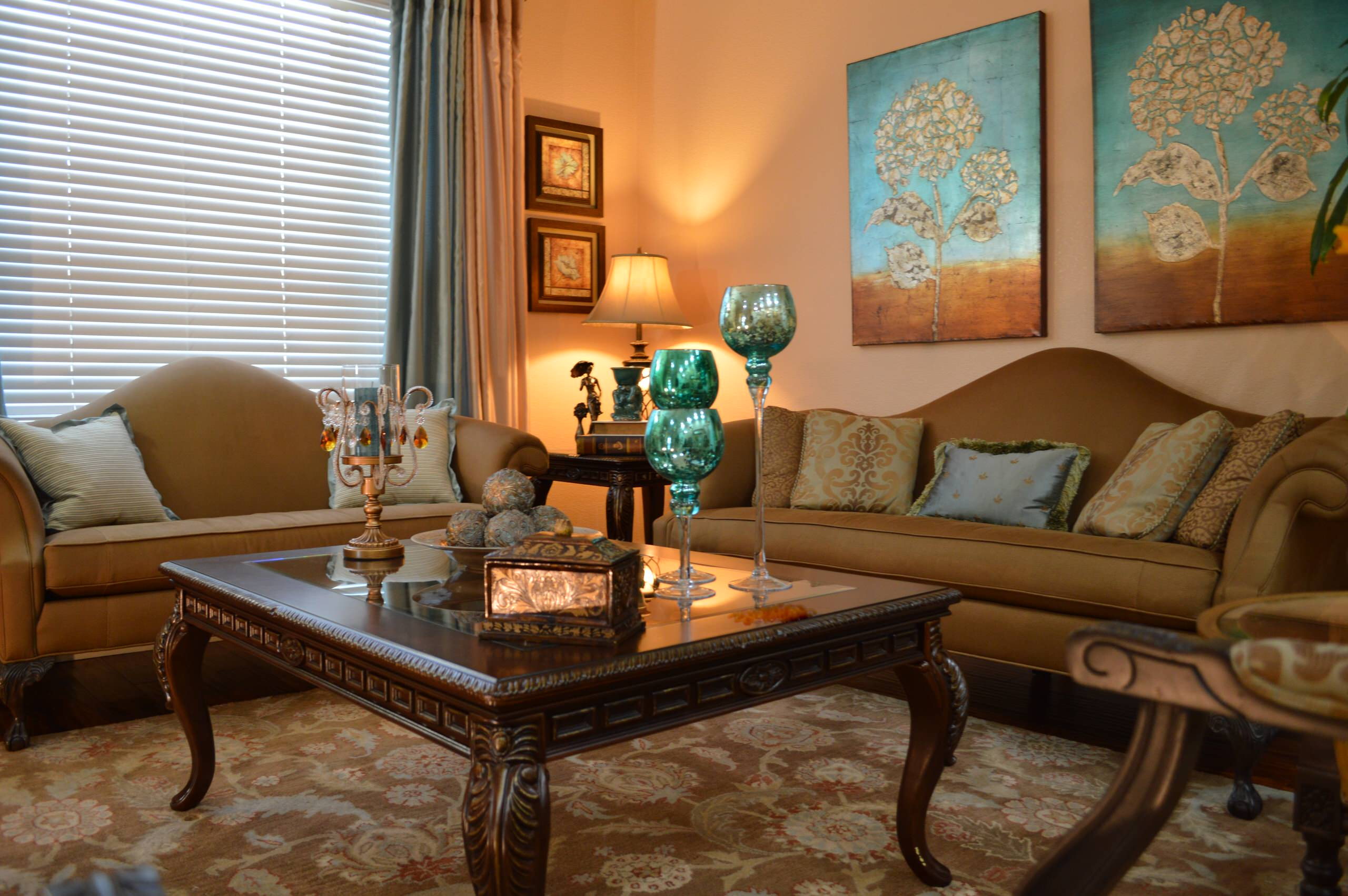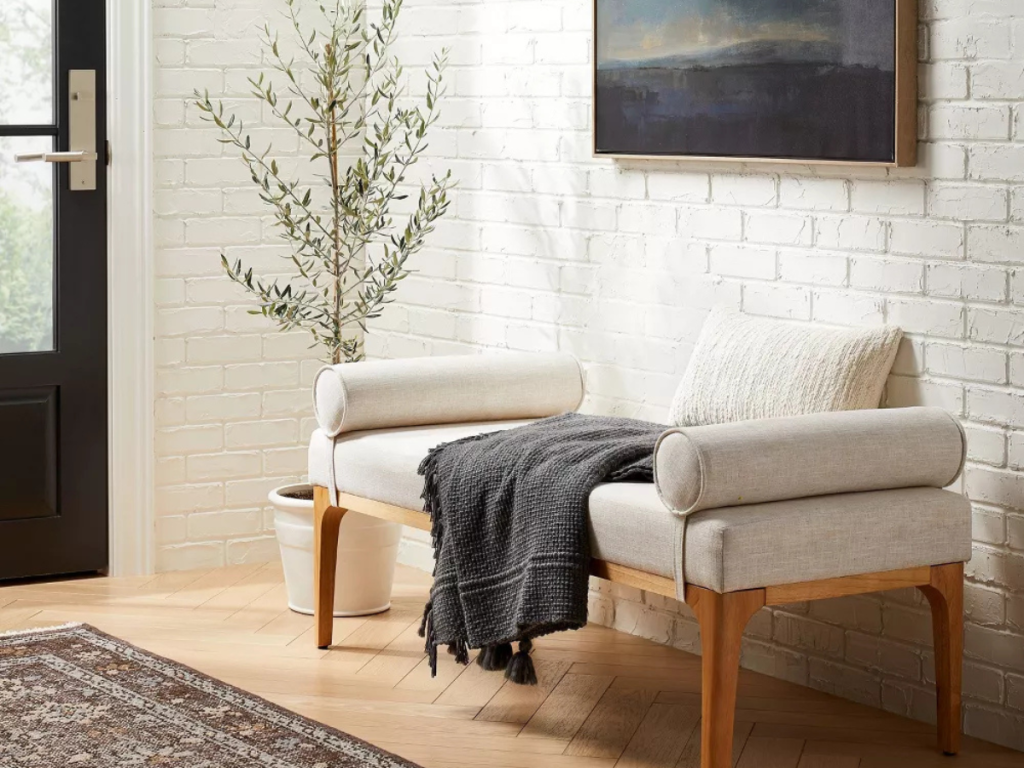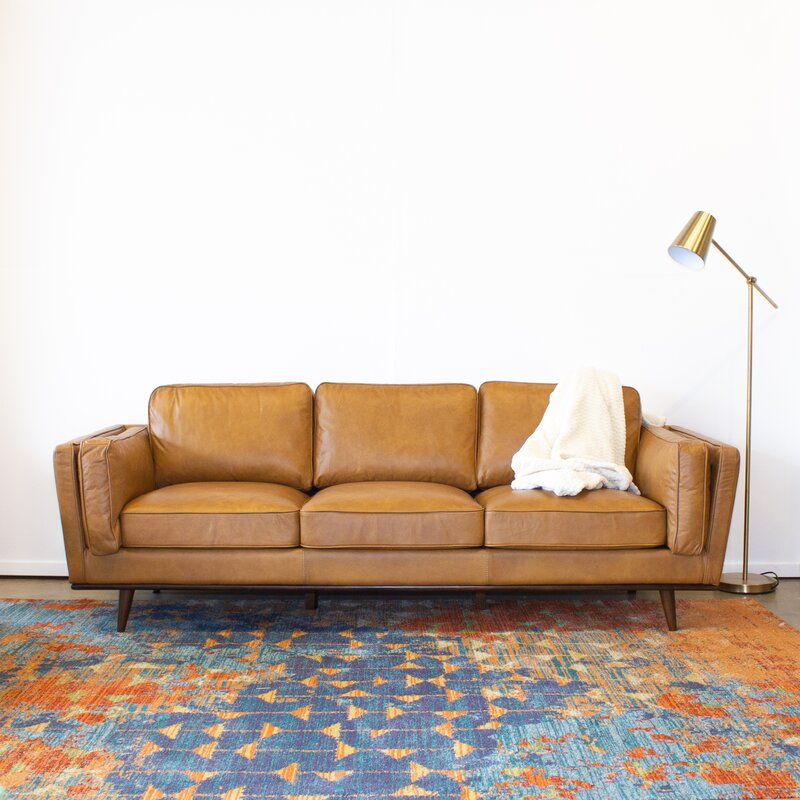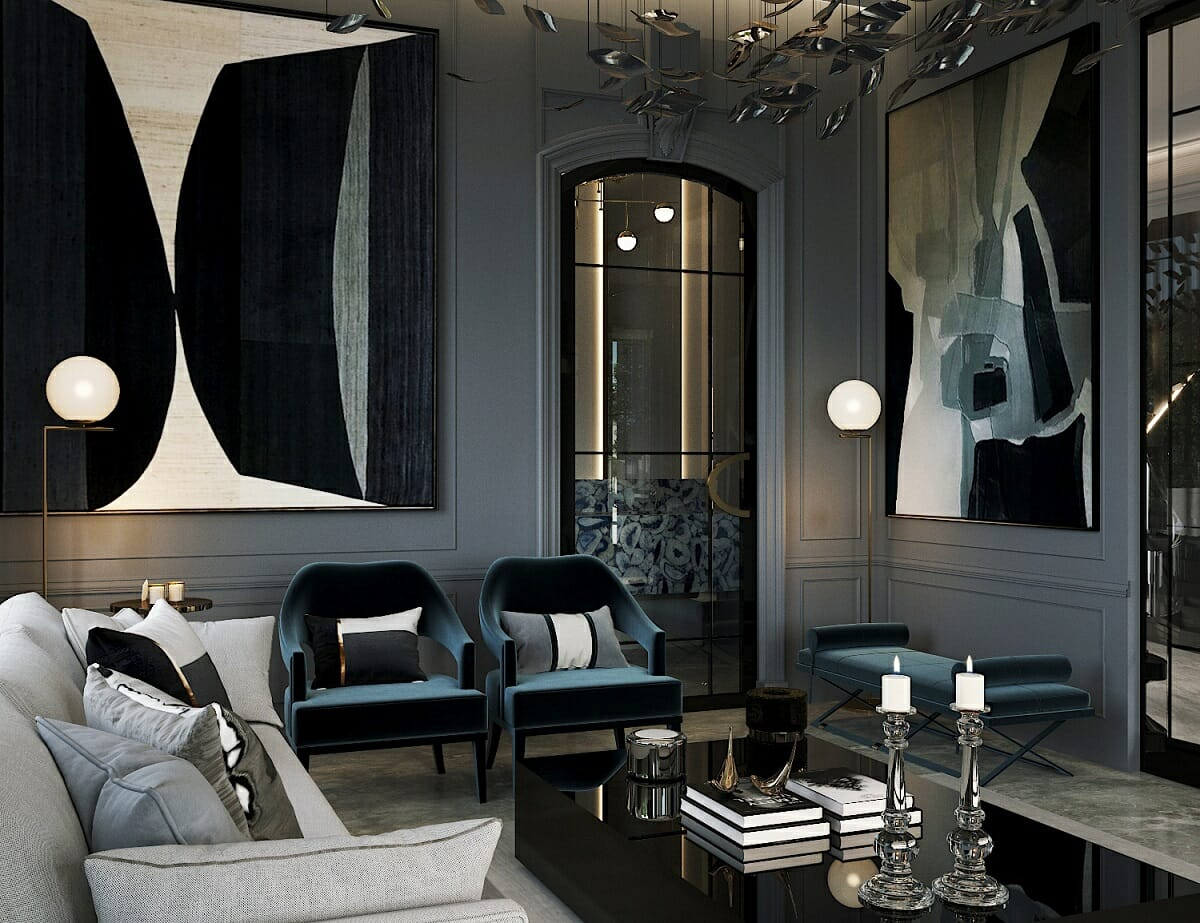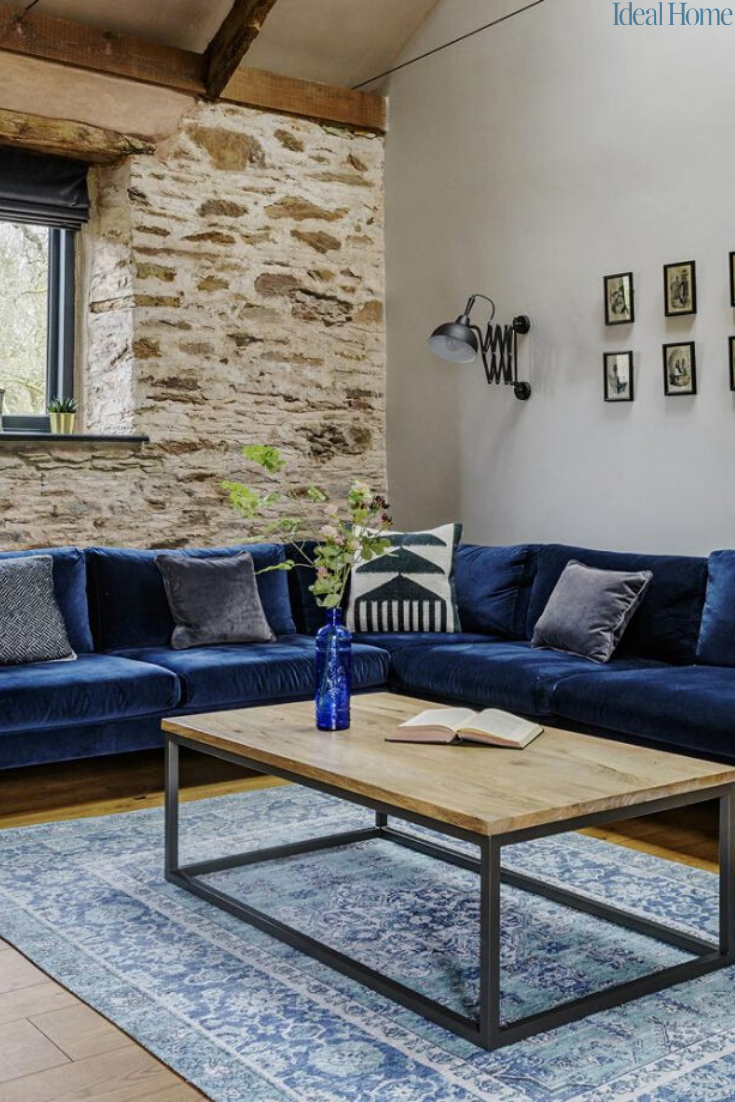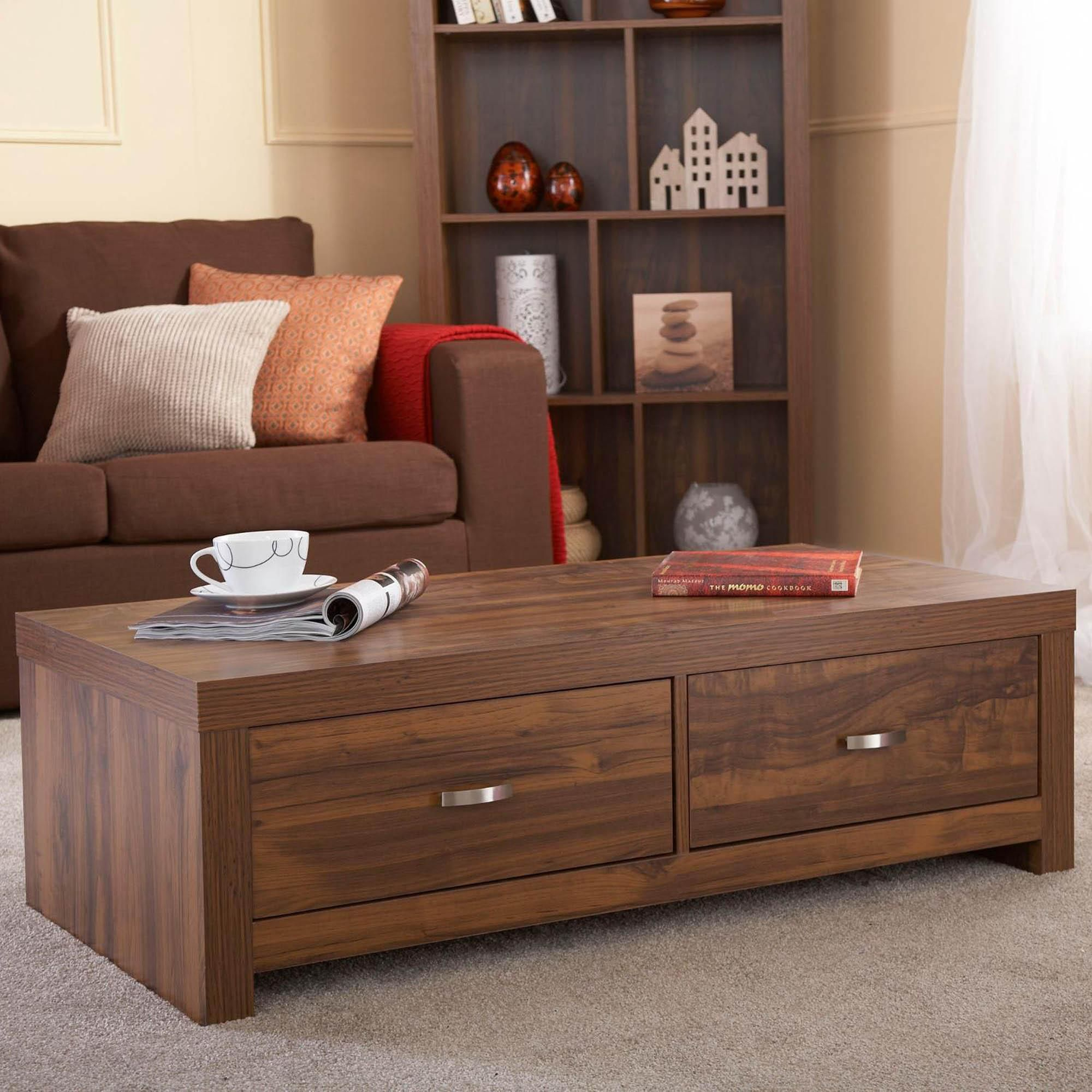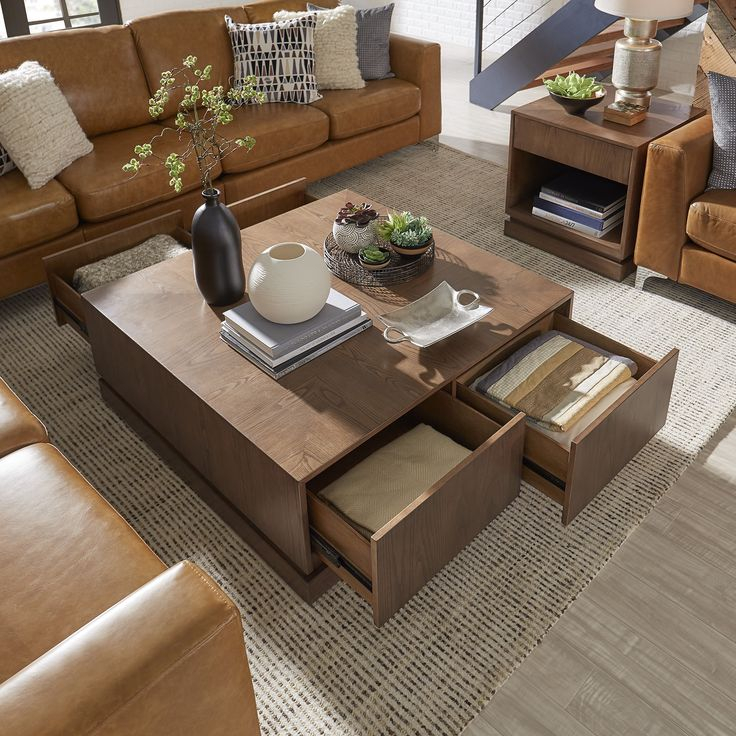There’s something undeniably comforting about natural wood. It speaks of tradition, resilience, and a connection to nature that few other materials can match. In today’s world, where we often feel disconnected from the natural environment, bringing wood elements into our homes is more than just a design trend; it’s a way to cultivate a sense of peace and grounding. Let’s explore how you can master the art of styling your living room with these beautiful, organic textures and tones.
Think about your favorite cozy spaces. Chances are, wood plays a significant part in their appeal. Whether it’s the grain of a sturdy coffee table, the warmth of a wooden accent wall, or the subtle charm of decorative pieces, natural wood has a unique ability to transform a house into a home. It’s versatile, durable, and offers an aesthetic that can adapt to virtually any style, from modern minimalist to rustic farmhouse. So, how do we go about weaving this wonderful material into our living rooms effectively? Let’s dive in.
Choosing the Right Wood Tones and Finishes
The first step in styling with wood is understanding its variety. Different wood species and finishes can evoke distinct moods. Light woods like pine or birch can create a bright, airy feel, perfect for smaller spaces or a Scandinavian-inspired look. Medium tones, such as oak or walnut, offer a classic warmth and are incredibly versatile, fitting into traditional, transitional, and even contemporary settings. Darker woods, like mahogany or espresso-stained pieces, add a touch of drama and sophistication, creating a more intimate and luxurious atmosphere. Don’t forget about the finish. A matte finish often feels more natural and understated, while a high-gloss finish can add a touch of glamour. Consider the existing colors in your room and the overall vibe you want to achieve when making your selections. It’s a good idea to mix and match different wood tones, but do so thoughtfully. Aim for a cohesive look by ensuring at least one other element in the room echoes the undertones of your chosen wood. For instance, if you have a warm-toned oak table, perhaps a throw pillow or a piece of art with similar warm hues would tie it together nicely. Remember, it’s about creating harmony, not monotony.
Incorporating Wood Through Furniture
Furniture is often the most significant way to introduce wood into your living room. A solid wood coffee table can anchor your seating area, providing both a functional surface and a visual focal point. Consider a reclaimed wood table for a dose of rustic character, or a sleek, minimalist walnut piece for a more modern appeal. Side tables, bookshelves, and media consoles are also excellent opportunities to layer in wood. If a large piece feels too overwhelming, start with smaller items. A beautiful wooden armchair with plush upholstery can add warmth without dominating the space. Think about the scale and proportion of your furniture relative to the room. A chunky, oversized wooden piece might feel out of place in a compact apartment, whereas a more streamlined design could be just the ticket. Don’t be afraid to mix wood furniture with other materials like metal, glass, or upholstered fabrics. This contrast adds depth and prevents the room from feeling too one-dimensional. For example, a leather sofa paired with a live-edge wood side table creates an inviting juxtaposition of textures.
Accent Walls and Architectural Features
Want to make a bolder statement? Consider a wood accent wall. This could be achieved with shiplap, reclaimed wood panels, or even decorative wood slats. An accent wall behind your sofa or television can add incredible texture and visual interest, instantly elevating the room’s design. It’s a fantastic way to introduce a significant amount of wood without overwhelming the space. If a full wall feels like too much, think smaller. Perhaps a wooden beam installed on the ceiling can add architectural charm and a sense of rustic elegance. Even a beautifully crafted wooden mantelpiece above a fireplace can serve as a stunning focal point, offering a natural platform for displaying decorative items. When planning an accent wall, consider the direction of the wood grain and how it will complement the rest of your room’s layout. Vertical slats can make a ceiling appear higher, while horizontal panels can create a sense of width.
The Power of Decorative Wood Accents
You don’t need large furniture pieces to enjoy the benefits of wood. Small decorative accents can make a surprising difference. Think about wooden picture frames, a decorative bowl on your coffee table, wooden coasters, or even a beautifully carved wooden sculpture. Shelving is another area where wood shines. Floating shelves made of natural wood can display books, plants, and cherished mementos, adding warmth and personality to your walls. Even simple items like wooden candle holders or a wooden tray can contribute to the overall aesthetic. These smaller touches allow you to experiment with different wood types and finishes without a major commitment. They’re perfect for adding that final layer of texture and visual appeal. Consider incorporating natural elements alongside your wood accents, like a vase of dried flowers or a potted plant, to further enhance the connection to nature. It’s these thoughtful details that truly bring a room to life.
Balancing Wood with Other Materials and Colors
While wood brings warmth, it needs balance to prevent a room from feeling too heavy or monotonous. Pairing wood with contrasting materials is key. Think about the texture play: a smooth, cool metal lamp next to a rough-hewn wooden table, or a soft, plush rug beneath a sturdy wooden floor. Textiles are your best friend here. Incorporate fabrics like linen, cotton, wool, and velvet in complementary colors. Neutrals like cream, beige, and grey work beautifully with wood, allowing its natural beauty to take center stage. However, don’t shy away from bolder colors. Deep greens, blues, or even warm terracotta tones can create stunning combinations with wood. Consider the undertones of your wood. Lighter, cooler-toned woods pair well with blues and grays, while warmer, richer woods can be enhanced by greens and earthy reds. The goal is to create a harmonious and inviting environment where the wood elements are celebrated, not overwhelming.
Maintenance and Longevity of Wood Elements
Natural wood, while beautiful, does require a little care to maintain its charm. Regular dusting with a soft, dry cloth is usually sufficient for most wood finishes. For deeper cleaning or to revive a dull finish, a specialized wood cleaner or polish can be used, following the product instructions carefully. Avoid using harsh chemicals or abrasive cleaners, as these can damage the wood’s surface. Protecting wood from excessive moisture and direct sunlight is also important. Spills should be wiped up immediately to prevent staining or water damage. Using coasters for drinks and placemats for meals will also help protect your wood surfaces. Over time, wood can develop a beautiful patina, a natural aging process that adds character. Embrace this evolution; it’s part of the story of your home. With a little attention, your natural wood elements will continue to bring warmth and beauty to your living room for years to come. It’s an investment in timeless style.
Styling your living room with natural wood elements is a journey of bringing warmth, texture, and a connection to the natural world into your home. From carefully chosen furniture to subtle decorative accents, each piece of wood contributes to a richer, more inviting atmosphere. By understanding how to select wood tones, balance them with other materials and colors, and provide a little care, you can create a living space that is not only beautiful but also deeply comforting and personal. So go ahead, experiment, and let the timeless appeal of natural wood transform your living room into a haven of cozy elegance. It’s a simple yet profound way to make your house feel truly like your home.

